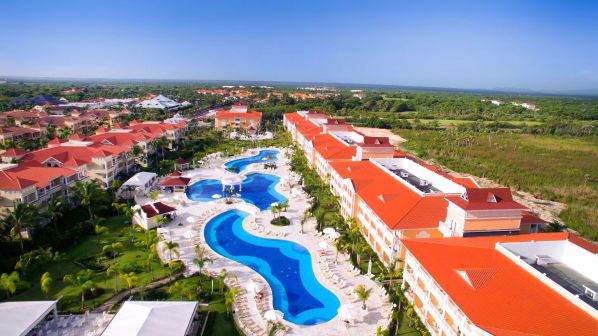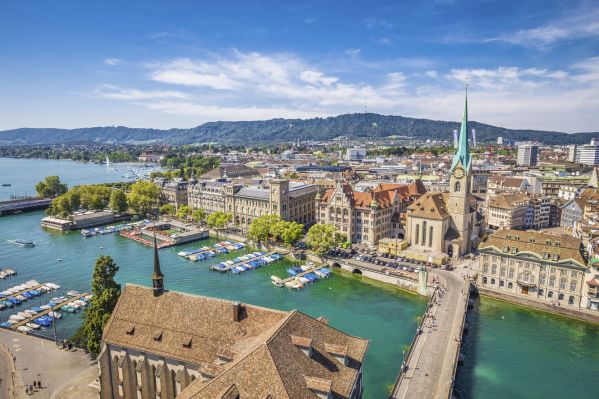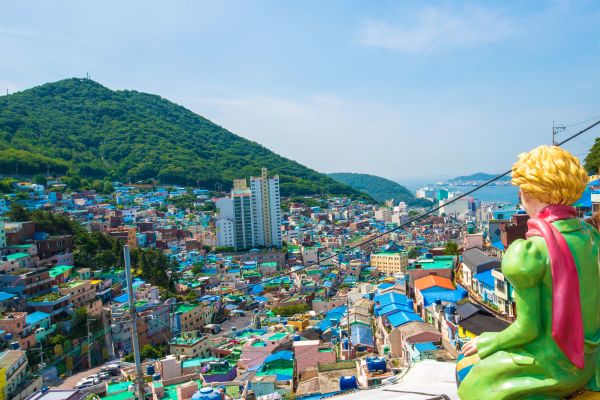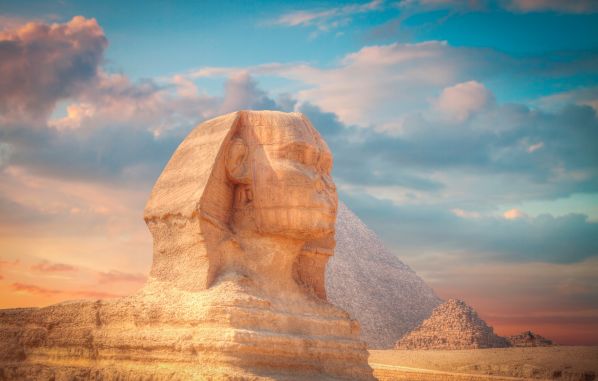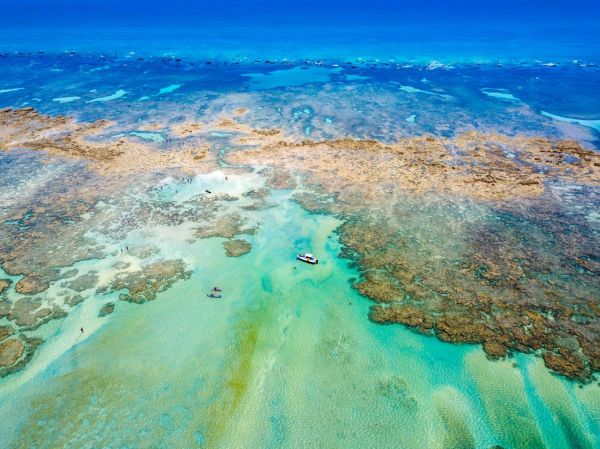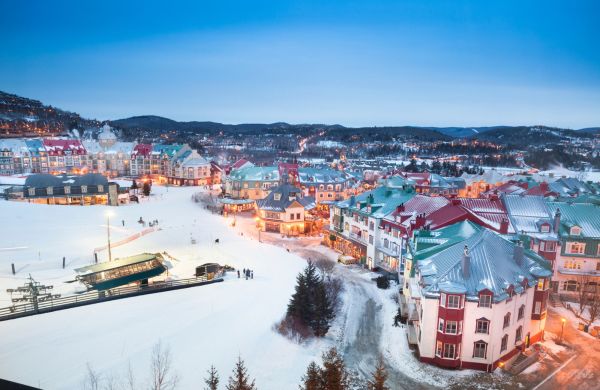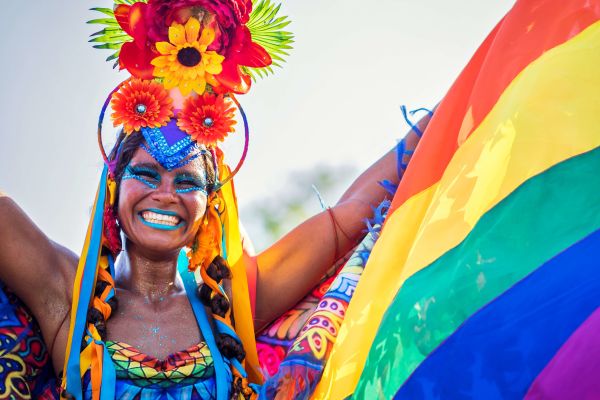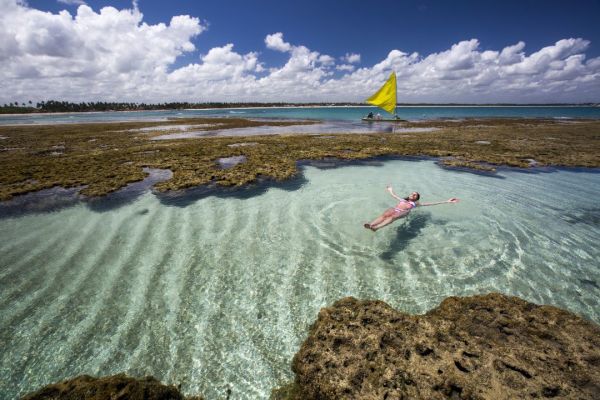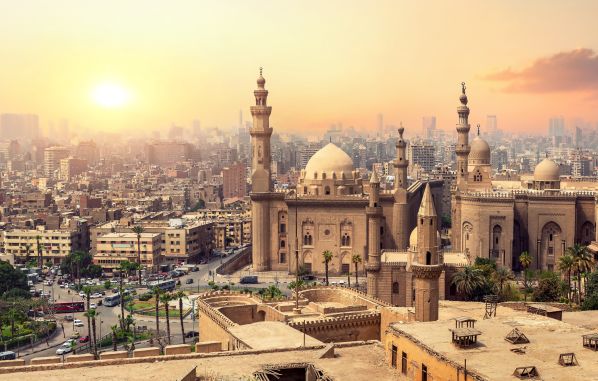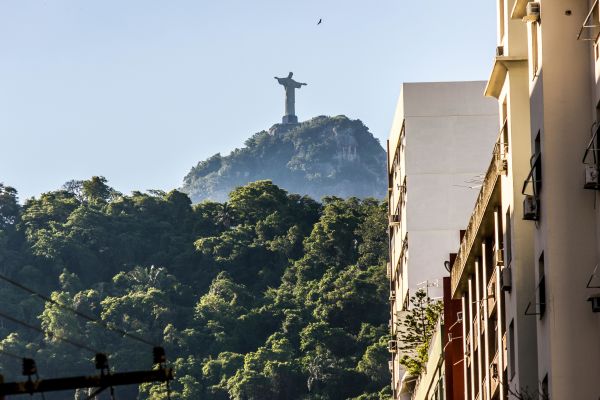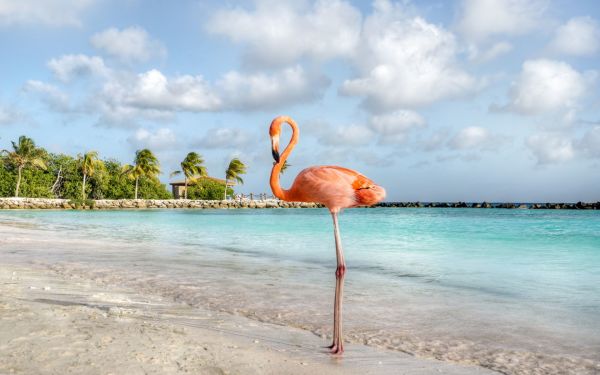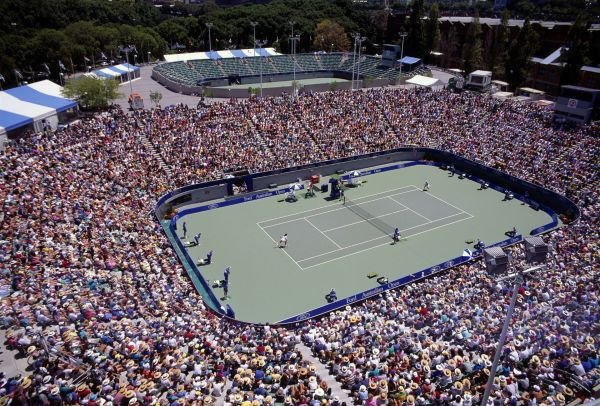Francisco Coloane National Park, Chile’s first marine park

At the southernmost tip of the world, where fjords intertwine with the Patagonian wind and the sea merges with the horizon, lies a unique natural jewel: the Francisco Coloane Marine National Park .
This sanctuary, named in honor of the famous Chilean writer Francisco Coloane , is not only a tribute to literature and the spirit of adventure, but also holds a historic title: It is the first marine park created in Chile , in 2003 .
A refuge at the end of the world
Located in the Strait of Magellan , south of Punta Arenas , between Santa Inés and Riesco Islands and the Brunswick Peninsula, the park covers more than 67,000 hectares of land and sea, encompassing islands , channels , and glaciers . It is the most important feeding ground for the whale species that inhabit this environment.

Its landscape is of untamed beauty: turquoise waters crashing against cliffs , forests of coigüe and lenga trees that withstand the Antarctic wind, and endless skies that seem painted for intrepid travelers .
Penguins , sea lions , southern right whale dolphins , and birds like the black-browed albatross share this remote corner of the world. However, the true stars are the humpback whales , whose majestic appearances make every visit an unforgettable spectacle.
Francisco Coloane National Park: The Kingdom of Whales
Francisco Coloane Park is one of the best places on the planet for humpback whale watching ( Megaptera novaeangliae ).

Every austral summer , from December to April , these giants travel thousands of kilometers from the warm northern waters to feed in the rich currents of the Strait of Magellan . Their acrobatic leaps and the unmistakable sound of their spouts are etched in the memory of those fortunate enough to witness them.
Besides humpback whales , it's not uncommon to find sei and minke whales , and with a bit of luck, you might even spot orcas . The marine biodiversity is so abundant that every excursion feels like a scientific expedition.
How to get there: A journey in itself
The park is located about 100 kilometers southwest of Punta Arenas , in the Magallanes and Chilean Antarctic Region . There is no road access, making the journey itself part of the adventure .

The most common way to visit the park is via boat trips departing from Punta Arenas . These voyages , which can last between 8 and 10 hours , traverse channels and fjords , allowing you to appreciate glaciers and pristine landscapes along the way.
Tour operators offer daily tours during the peak birdwatching season , with expert guides who interpret the wildlife and tell the history of the place.
What to know before traveling
- Best time: December to April to see humpback whales , although the park is beautiful in any season.
- Climate: Patagonian and changeable. Waterproof clothing , a windbreaker , and several layers for the cold are essential.
- Conservation: As a protected area managed by the National Forestry Corporation ( CONAF) , it is essential to respect the rules: do not leave trash, do not feed the animals and maintain a safe distance from the wildlife .
- Recommendations: Bring binoculars and a camera , but also stop to contemplate; the natural spectacle is breathtaking.

Francisco Coloane National Park: A Transformative Experience
Visiting Francisco Coloane Marine Park is more than just a wildlife viewing excursion. It's about connecting with the essence of Patagonia , with the raw power of an untamed territory that invites reflection on how small we are compared to the southernmost reaches of the Earth .
Those who return from this trip speak of a feeling of humility and awe . It is not just a marine park, but an encounter with nature in its purest form , a place where time seems to stand still and where Coloane 's literature comes alive in every wave and every gust of wind .
You may also be interested in: Flowering Desert: What it is and why it will be so special in 2025

